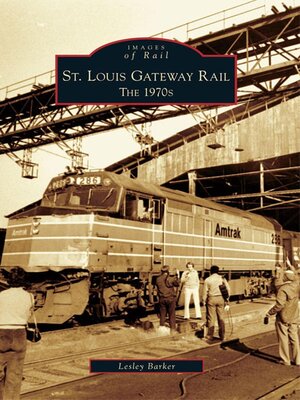
Sign up to save your library
With an OverDrive account, you can save your favorite libraries for at-a-glance information about availability. Find out more about OverDrive accounts.
Find this title in Libby, the library reading app by OverDrive.



Search for a digital library with this title
Title found at these libraries:
| Library Name | Distance |
|---|---|
| Loading... |
Though the city of St. Louis is located on the Missouri side of the Mississippi River, for the railroads, the St. Louis Gateway extends into Illinois, north and south along both sides of the river. Two factors conspired against St. Louis�s aspiration to become the preeminent rail center of the 19th-century American Midwest: there was no bridge across the Mississippi, and Missouri�s loyalty to the Union during the Civil War was suspect. Chicago beat out St. Louis to attain the region�s top railroad billing. Fast forward to the 1970s, when the Gateway Arch, dedicated in 1968, redefined the St. Louis riverfront and when the St. Louis Union Station closed to rail service. The 1970s was a decade of railroad debuts�Burlington Northern, Illinois Central Gulf, Family Lines�and a decade of railroad demises�Rock Island and Frisco. It signaled the end of a century of rail domination of the American transportation scene.







